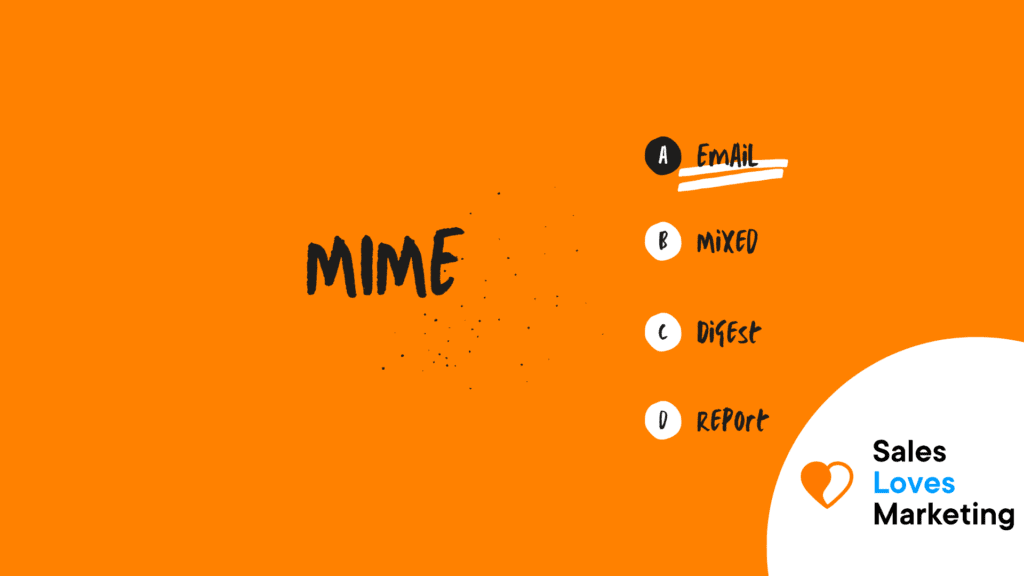What does MIME mean?
The acronym MIME stands for Multi-Purpose Internet Mail Extensions. It is an extension to the Internet email protocol that allows its users to exchange types of data files over the Internet, such as images, audio, and video. Virtually all human-written Internet email and a big percentage of automated email is transmitted via SMTP in MIME format.
What is MIME used for?
MIME is a specification for the format of non-text e-mail attachments that permits the attachment to be sent over the Internet. MIME allows your Web browser to send and receive things like spreadsheets and audio, video, and graphics files via the Internet.
MIME was designed to extend email format to support non-ASCII characters, attachments other than text format, and message bodies that contain multiple parts. MIME describes the message content type and the type of encoding used with the help of headers.
All manually composed and automated emails are transmitted through SMTP in MIME format. The association of Internet email with SMTP and MIME standards is such that the emails are sometimes referred to as SMTP/MIME emails.
The MIME standard defines the content types which are of prime importance in communication protocols like HTTP for the World Wide Web. The data is transmitted in the form of email messages through HTTP even though the data is not an email.
The features offered by MIME to email services are as follows:
- Support for multiple attachments in a single message
- Support for non-ASCII characters
- Support for layouts, fonts, and colors which are categorized as rich text.
- Support for attachments that may contain executables, audio, images and video files, etc.
- Support for unlimited message length.
MIME is extensible because it creates a method to register new content types and other MIME attribute values. The format of a message-body is described by MIME using special header directives. This is done so that the email can be represented correctly by the client.
MIME Types.
MIME types—also sometimes called Internet media types or Content-types—describe the media type of content either contained in an email or served by web servers or web applications and are intended to help guide a web browser to process and display the content correctly. Examples of MIME types are:
- text/Html for normal web pages.
- text/plain for plain text.
- application/octet-stream meaning “download this file.”
- application/x-java-applet for Java™ applets.
- application/pdf for Adobe® PDF documents.
Suppose the webserver or application reports an incorrect MIME type for content. In that case, a web browser has no way, according to the HTTP specification, of knowing that the author actually intended the content to be processed and displayed in a way different from that implied by the reported MIME type.
Serving content using the correct MIME type can also be important for security reasons; it is possible that malicious content will try to affect the user’s computer by pretending to be a safe type of document when it is, in fact, not.
How do I open a MIME file?
Mime files need to be decoded before being opened, so that means that it is needed to use WinZip like this:
- Save the mime file to the desktop. If the mile file was downloaded from a website, it might be saved in the Downloads folder in the Documents or user directory.
- Launch WinZip from the start menu or Desktop shortcut. Open the compressed file by clicking File > Open, if the system has the compressed file extension associated with WinZip program, just double-click on the file.
- Select all the files and folders inside the compressed file. Or multi-select only the files or folders that will be opened by holding the CTRL key and left-clicking on them.
- Click 1-click Unzip and choose Unzip to PC or Cloud in the WinZip toolbar under the Unzip/Share tab.
- Choose the destination folder to place the extracting files and click the “Unzip” button.
